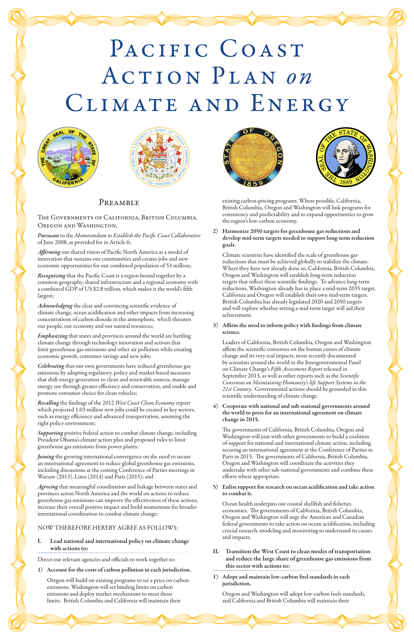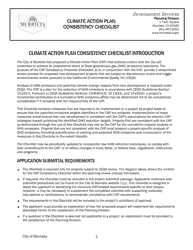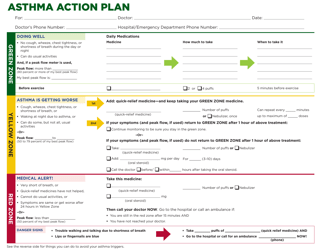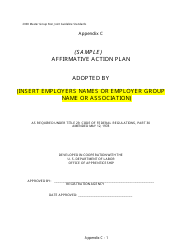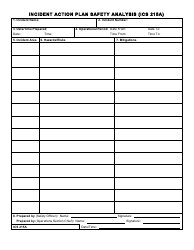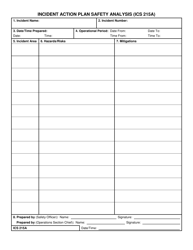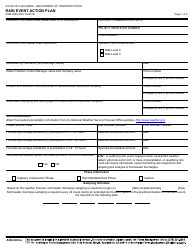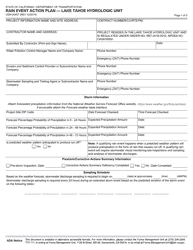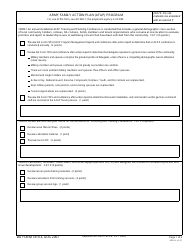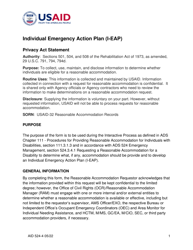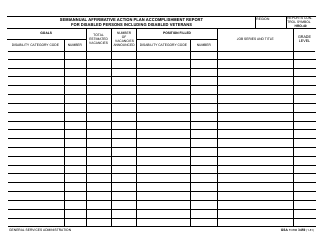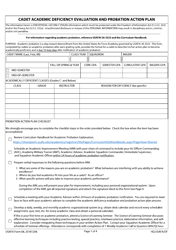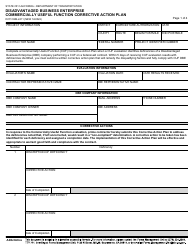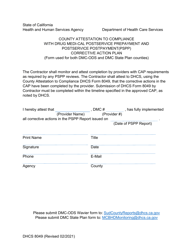Pacific Coast Action Plan on Climate and Energy - California
Pacific Coast Action Plan on Climate and Energy is a legal document that was released by the California Energy Commission - a government authority operating within California.
FAQ
Q: What is the Pacific Coast Action Plan on Climate and Energy?A: The Pacific Coast Action Plan on Climate and Energy is a collaborative effort between the U.S. states of California, Oregon, and Washington, along with the Canadian province of British Columbia, to address climate change and promote clean energy.
Q: What is the goal of the Pacific Coast Action Plan?A: The goal of the Pacific Coast Action Plan is to reduce greenhouse gas emissions and promote the transition to a clean energy economy.
Q: Which states and provinces are part of the Pacific Coast Action Plan?A: The U.S. states of California, Oregon, and Washington, along with the Canadian province of British Columbia, are part of the Pacific Coast Action Plan.
Q: What are some key initiatives of the Pacific Coast Action Plan?A: Some key initiatives of the Pacific Coast Action Plan include implementing carbon pricing, promoting clean transportation, and investing in clean energy and energy efficiency.
Q: How does the Pacific Coast Action Plan address climate change?A: The Pacific Coast Action Plan addresses climate change by setting targets for reducing greenhouse gas emissions, implementing policies and regulations to promote clean energy, and fostering collaboration among the participating states and provinces.
Q: What are the benefits of the Pacific Coast Action Plan?A: The Pacific Coast Action Plan helps to reduce air pollution, create clean energy jobs, and mitigate the impacts of climate change in the region.
Q: Is the Pacific Coast Action Plan legally binding?A: No, the Pacific Coast Action Plan is a voluntary agreement and not legally binding. However, the participating states and provinces are committed to implementing the initiatives outlined in the plan.
Q: How can individuals contribute to the goals of the Pacific Coast Action Plan?A: Individuals can contribute to the goals of the Pacific Coast Action Plan by adopting energy-efficient practices, using clean transportation options, and supporting policies and businesses that promote clean energy.
Q: What are the next steps for the Pacific Coast Action Plan?A: The next steps for the Pacific Coast Action Plan include implementing the initiatives outlined in the plan, monitoring progress, and continuing to collaborate on climate and energy issues.
Form Details:
- Released on October 28, 2013;
- The latest edition currently provided by the California Energy Commission;
- Ready to use and print;
- Easy to customize;
- Compatible with most PDF-viewing applications;
- Fill out the form in our online filing application.
Download a printable version of the form by clicking the link below{class="scroll_to"} or browse more documents and templates provided by the California Energy Commission.
